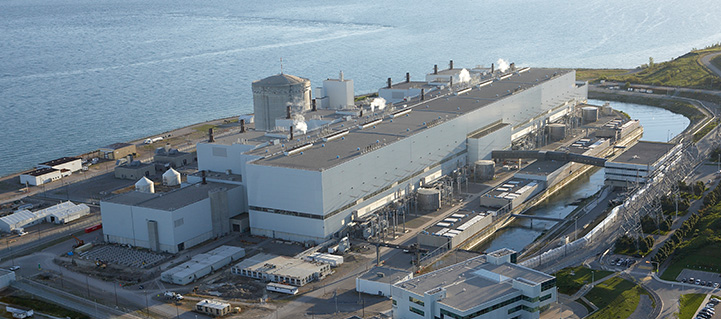Part 2 of 2 parts. (Please read Part 1 first.)
One important cost risk considered by the FAO has to do with the possibility that the demand for electricity may be lower than anticipated. The FAO report says, "The Nuclear Refurbishment Plan requires a CAD25 billion capital investment and price projections are based on costs being spread over a large amount of electricity generation over a long period of time. As a result, reducing nuclear generation or shutting down nuclear reactors in response to unfavorable market conditions is not always economical."
If the actual demand for electricity falls below the estimates for Ontario, nuclear power generation may have to be reduced, electricity may be exported at low or negative cost or nuclear reactors may have to be shut down permanently. If this happens, the ratepayers or the provincial government will have to bear the cost. There are demand-side and supply-side risk mitigations that could limit the risks related to changes in demand. Ontario has a Climate Change Action Plan designed to smooth out fluctuations in demand. The Pickering nuclear power plant is slated for permanent shutdown in 2024. And, finally, the existing Bruce and Darlington reactors will be reaching the end of their planned lifespans and will begin being decommissioned in 2043.
The final risk that the FAO report deals with the fact that if Ontario proceeds with the full refurbishment plan, the province may not be able to afford to take advantage of alternative, lower cost, low-emissions grid-scale electricity generation options that may become available as time goes by. Once again, the cost of higher priced electricity would be borne by the ratepayers and the provincial government. The FAO report says, “There are currently no alternative generation portfolios that could provide the same supply of low-emissions baseload electricity generation at a comparable price to the Nuclear Refurbishment Plan." If such alternative generation portfolios do become available in the future, there are “off-ramps” that would allow the province to halt Bruce Power refurbishments. With respect to Darlington, the provincial government has the power to stop refurbishments there.
The responses of Bruce Power and Ontario Power Generation to the FAO report have been positive. The two companies issued a joint statement that said, "The FAO's report validates that refurbishing Ontario’s Bruce and Darlington nuclear stations is the best generating option to keep costs low for electricity customers and to protect the environment.”
Work on the refurbishment of the Darlington reactors has already begun. Now, one year into the refurbishment of Darlington 2, the work is almost forty percent complete. The overall project remains on time and in budget. When the refurbishment is done, the Darlington reactors should be able to continue to operate until 2055.
Bruce Power’s Life Extension Program began in 2016. Bruce will invest about ten billion dollars in refurbishing six of Bruce Power’s eight reactors. This should permit the power plant to generate electricity up to 2054.
The Pickering reactor will operate until 2024 to provide baseload power while refurbishment is going on at Bruce and Darlington.
Darlington Nuclear Generating Station:
